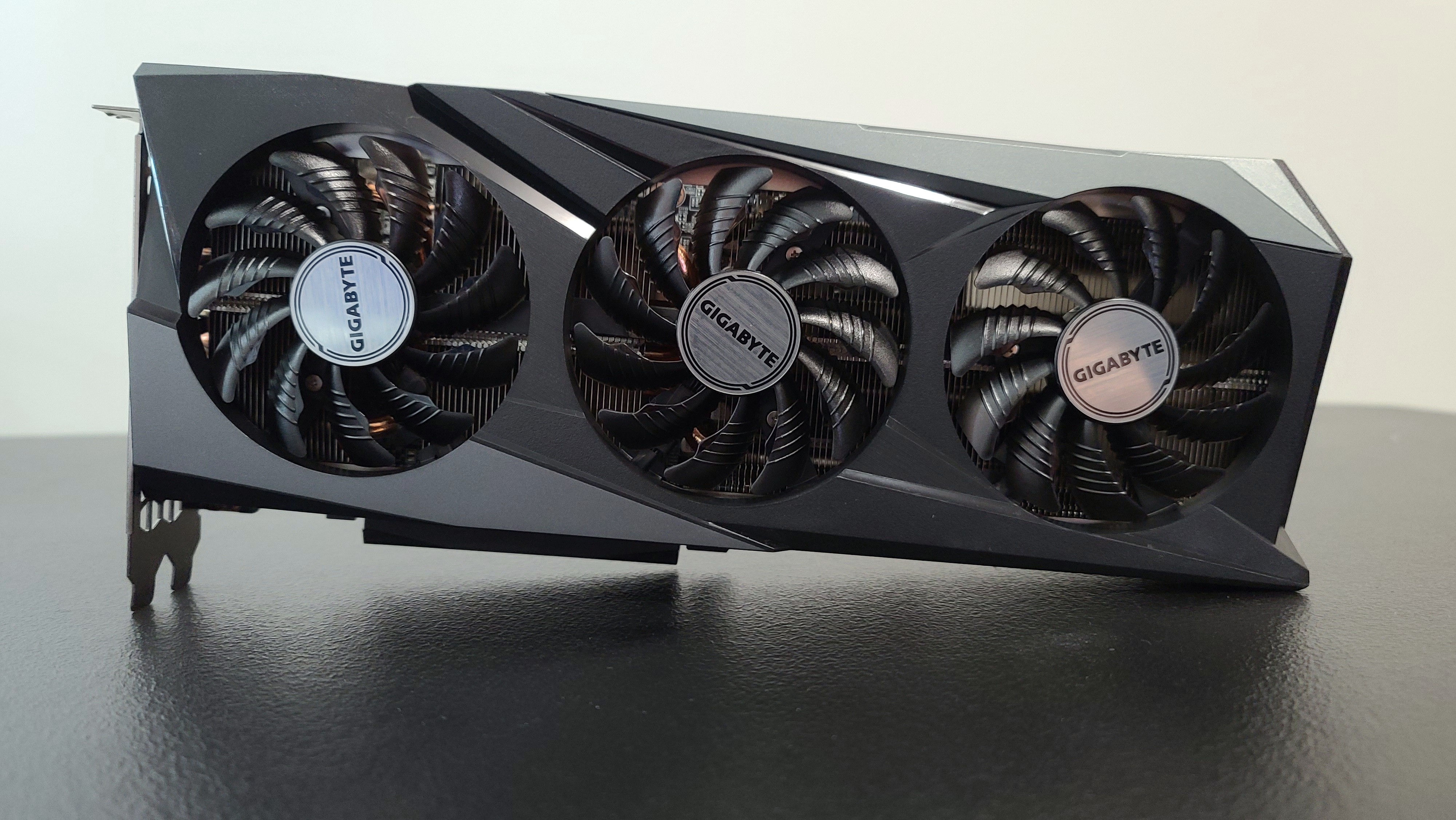
- AMD RADEON R9 200 SERIES DRIVER RUNNING CARD HOT DRIVER
- AMD RADEON R9 200 SERIES DRIVER RUNNING CARD HOT UPGRADE
- AMD RADEON R9 200 SERIES DRIVER RUNNING CARD HOT SOFTWARE
AMD RADEON R9 200 SERIES DRIVER RUNNING CARD HOT DRIVER
or 1.2 and higher) For OpenCL 2.1 and 2.2 only Driver Updates are necessary with OpenCL 2.0 conformant Cards.ĪPI Vulkan 1.0 is supported for all GCN architecture cards. OpenCL 2.0 is supported with GCN 2nd Gen. Open CL 1.0 to 1.2 are supported for all Chips with Terascale and GCN Architecture.
AMD RADEON R9 200 SERIES DRIVER RUNNING CARD HOT SOFTWARE
OpenCL accelerates many scientific Software Packages against CPU up to factor 10 or 100 and more. VSR can run at a resolution upwards of 2048 x 1536 at a 120 Hz refresh rate or 3840 x 2400 at 60 Hz. Virtual super resolution is similar to Dynamic Super Resolution, a feature available on competing nVidia graphics cards, but trades flexibility for increased performance. This process is an alternative to supersampling which is not supported by all games. Each frame is then downsampled to native resolution. This feature allows users to run games with higher image quality by rendering frames at above native resolution. Starting with the driver release candidate version v14.501-141112a-177751E, officially named as Catalyst Omega, AMD's driver release introduced VSR on the R9 285 and R9 290 series graphics cards.
AMD RADEON R9 200 SERIES DRIVER RUNNING CARD HOT UPGRADE
This provides a useful upgrade option for anyone who owns an existing Radeon HD card and has a CrossFire compatible motherboard. For example, the Radeon HD 7770 and Radeon R7 250X both use the 'Cape Verde XT' chip so have identical specifications and will work in CrossFire mode. Since Q2 of 2018 availability of AMD GPUs as well as pricing has, in most cases, returned to normal.īecause many of the products in the range are rebadged versions of Radeon HD products, they remain compatible with the original versions when used in CrossFire mode. This led to limited supply and huge price increases of up to 164% over the MSRP in Q4 of 2013 and Q1 of 2014. ĪMD TrueAudio was introduced with the AMD Radeon Rx 200 Series, but can only be found on the dies of GCN 2/3 products.ĪMD's SIP core for video acceleration, Unified Video Decoder and Video Coding Engine, are found on all GPUs and supported by AMD Catalyst and by the free and open-source graphics device driver.ĭuring 2014 the Radeon R9 200 series GPUs offered a very competitive price for usage in cryptocurrency mining. These are implemented by emulation on some TeraScale (microarchitecture) GPUs. OpenGL 4.x compliance requires supporting FP64 shaders.TeraScale 2 (VLIW5) (Northern Islands or Evergreen) is found on R5 235X and below branded products.Graphics Core Next 2 (Sea Islands) is found on R7 260 (Bonaire), R7 260X (Bonaire XTX), R9 290 (Hawaii Pro), R9 290X (Hawaii XT), and R9 295X2 (Vesuvius) branded products.Graphics Core Next 3 (Volcanic Islands) is found on the R9 285 (Tonga Pro) branded products.

Non-disclosure agreements were lifted on October 15, except for the R9 290X, and pre-orders opened on October 3. The Rx 200 series was announced on September 25, 2013, at the AMD GPU14 Tech Day event. 6.2 Free and open-source graphics device driver "Radeon".6.1 AMD's proprietary graphics device driver "Catalyst".


 0 kommentar(er)
0 kommentar(er)
